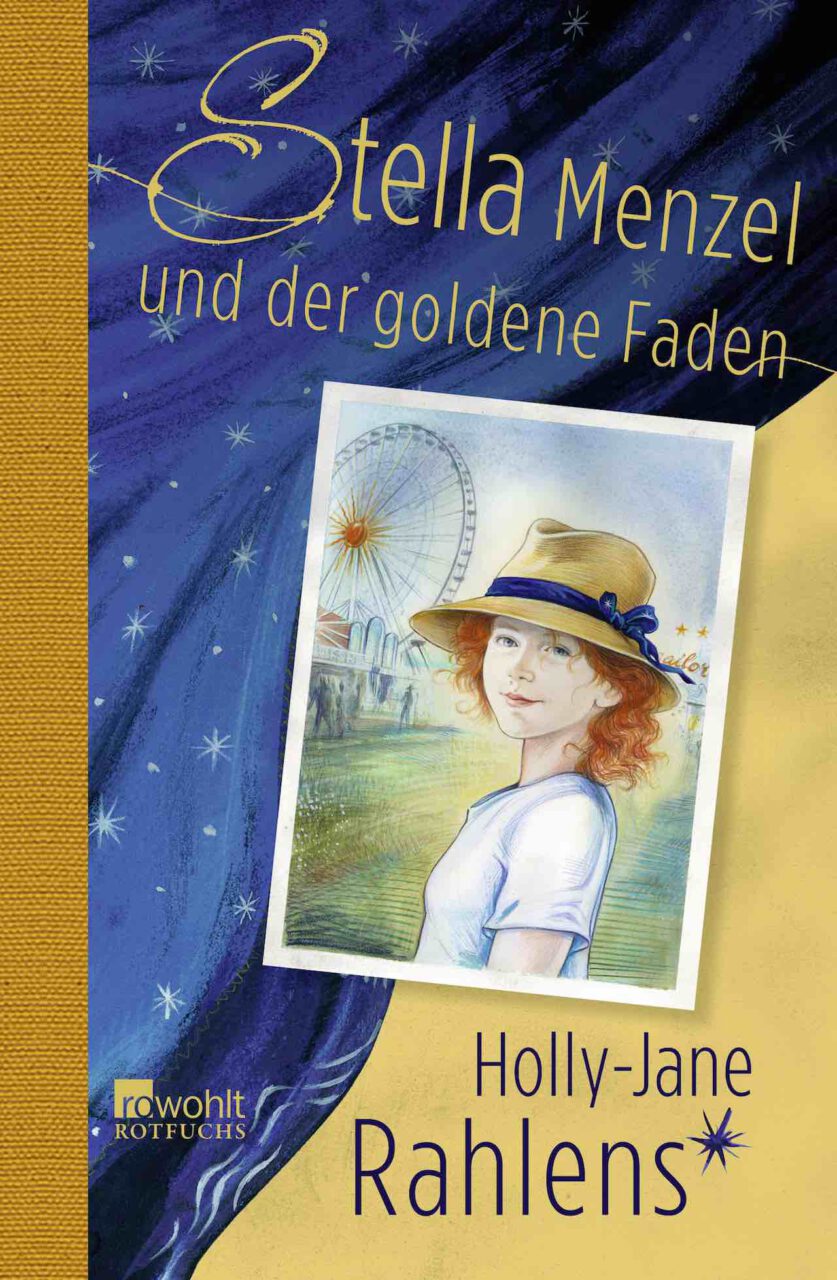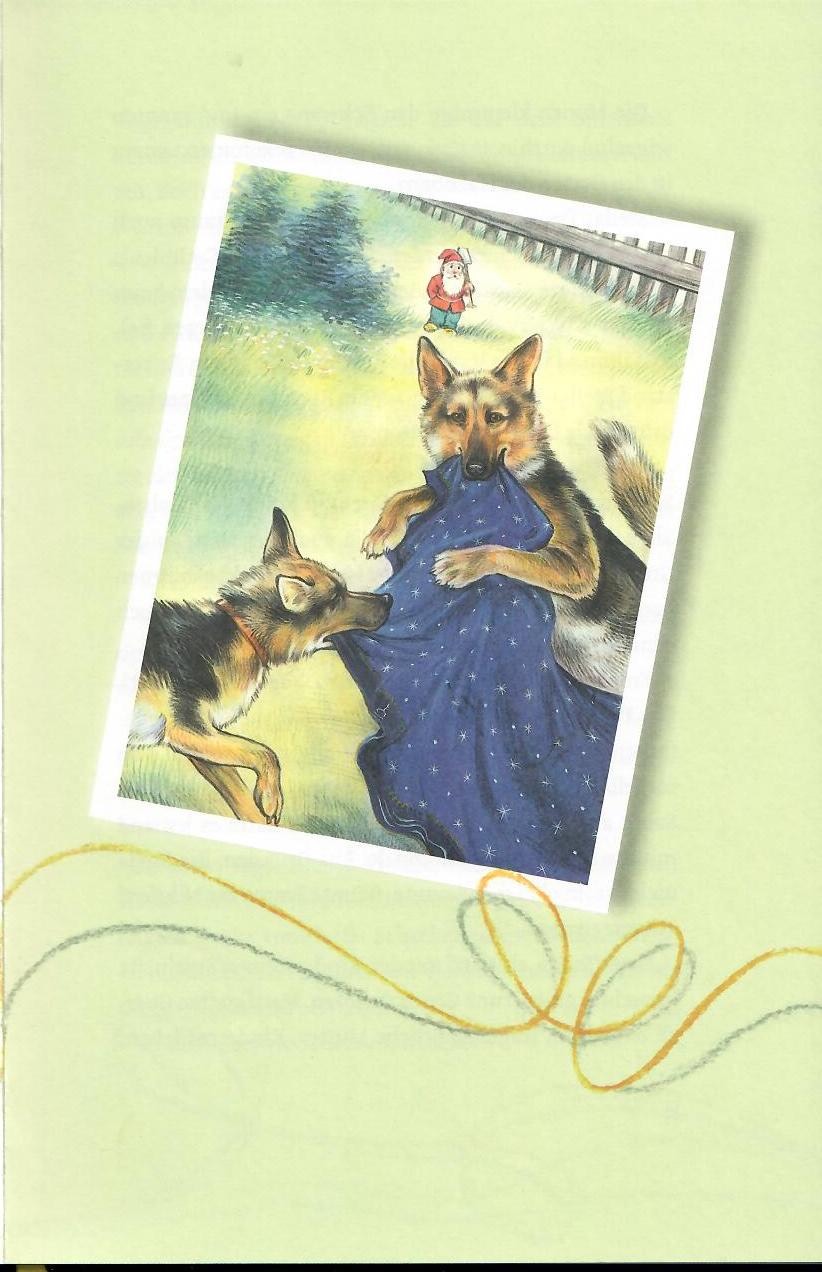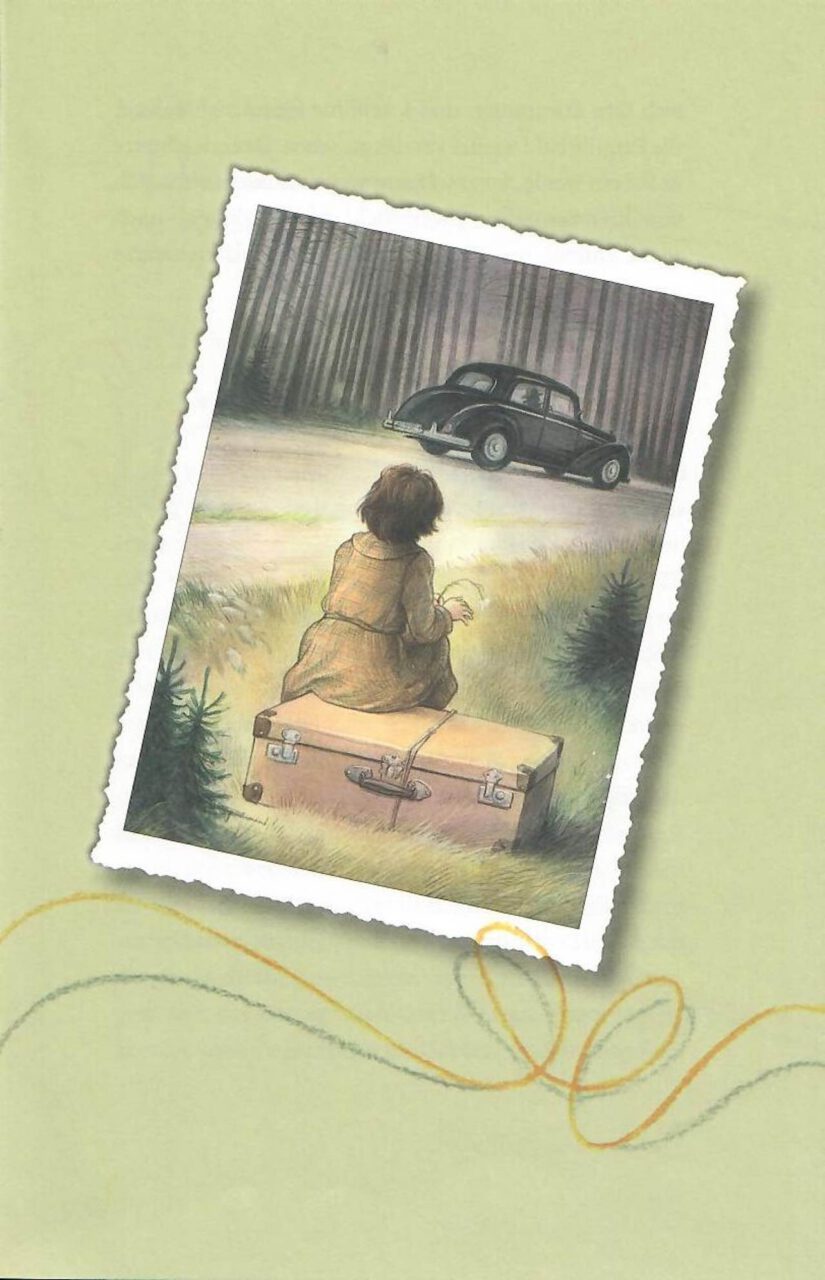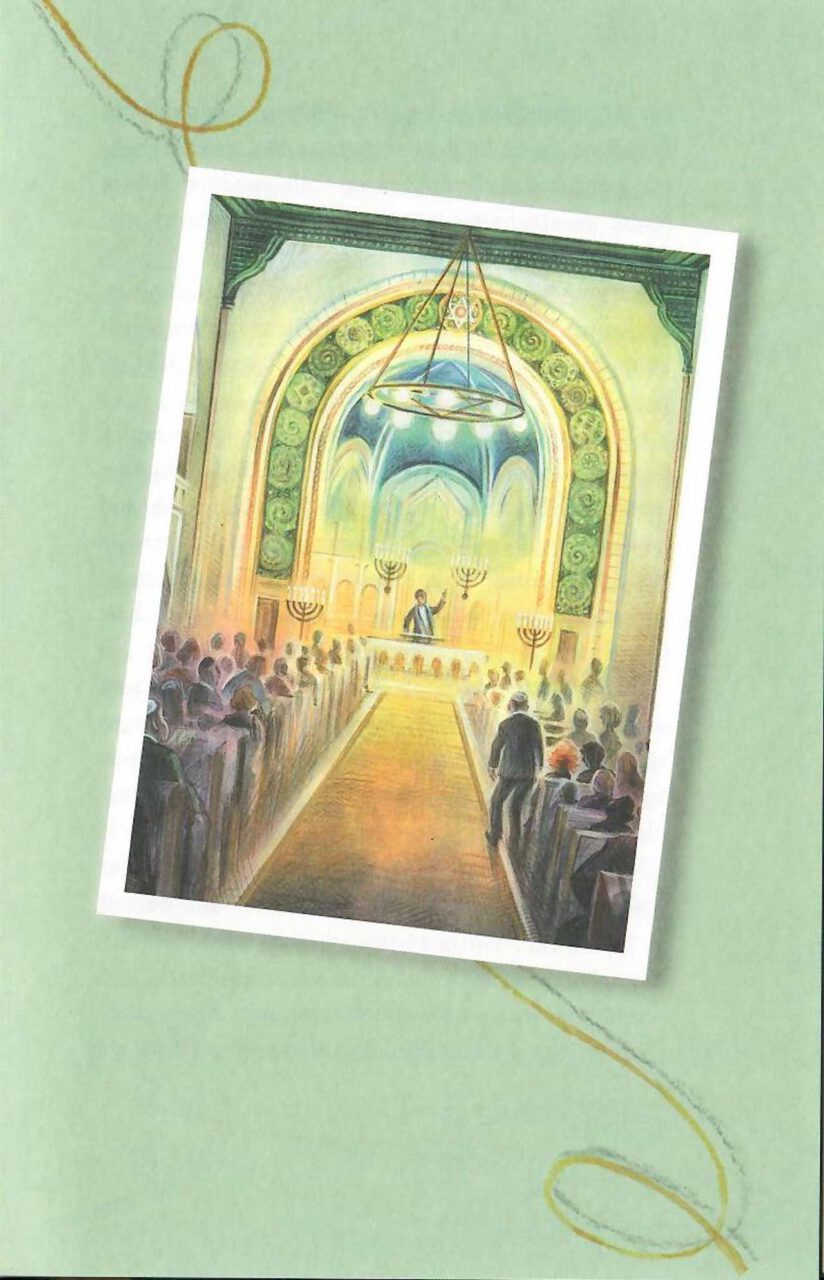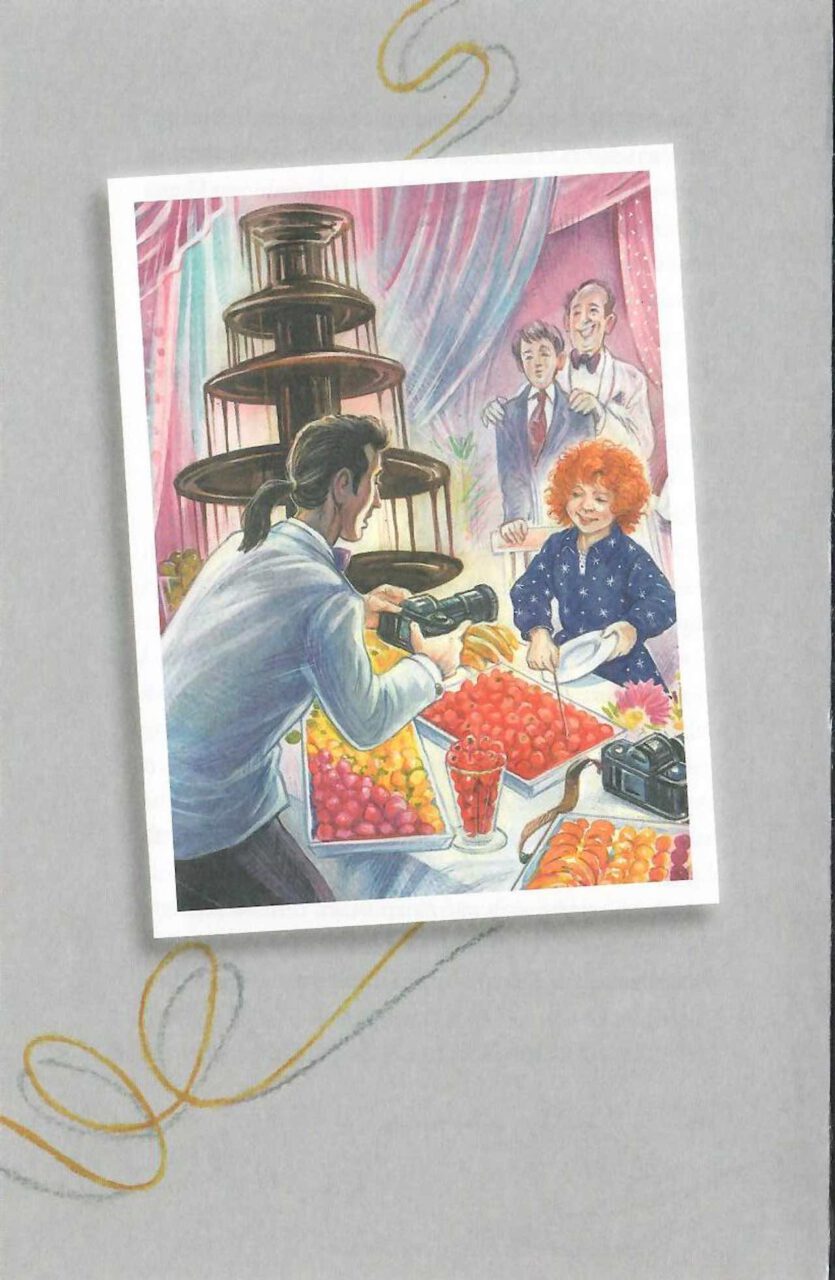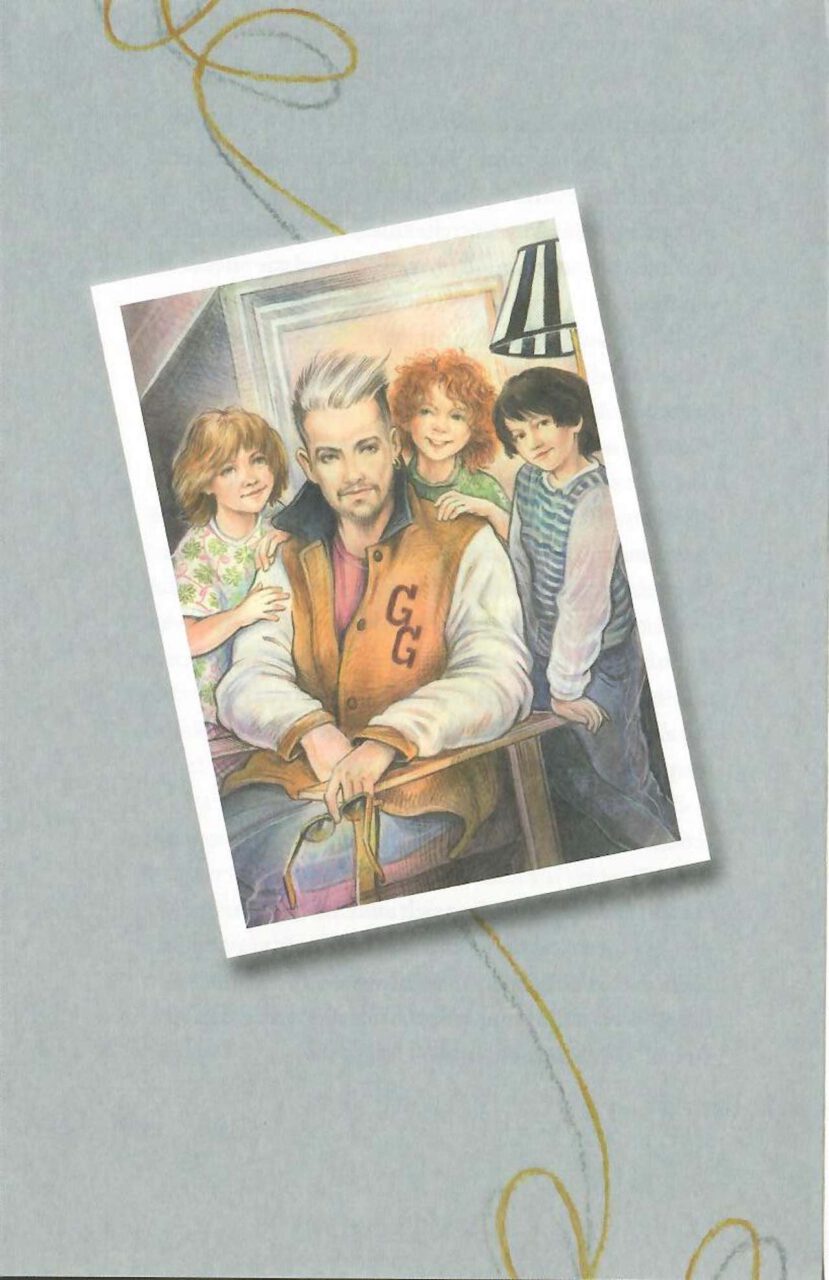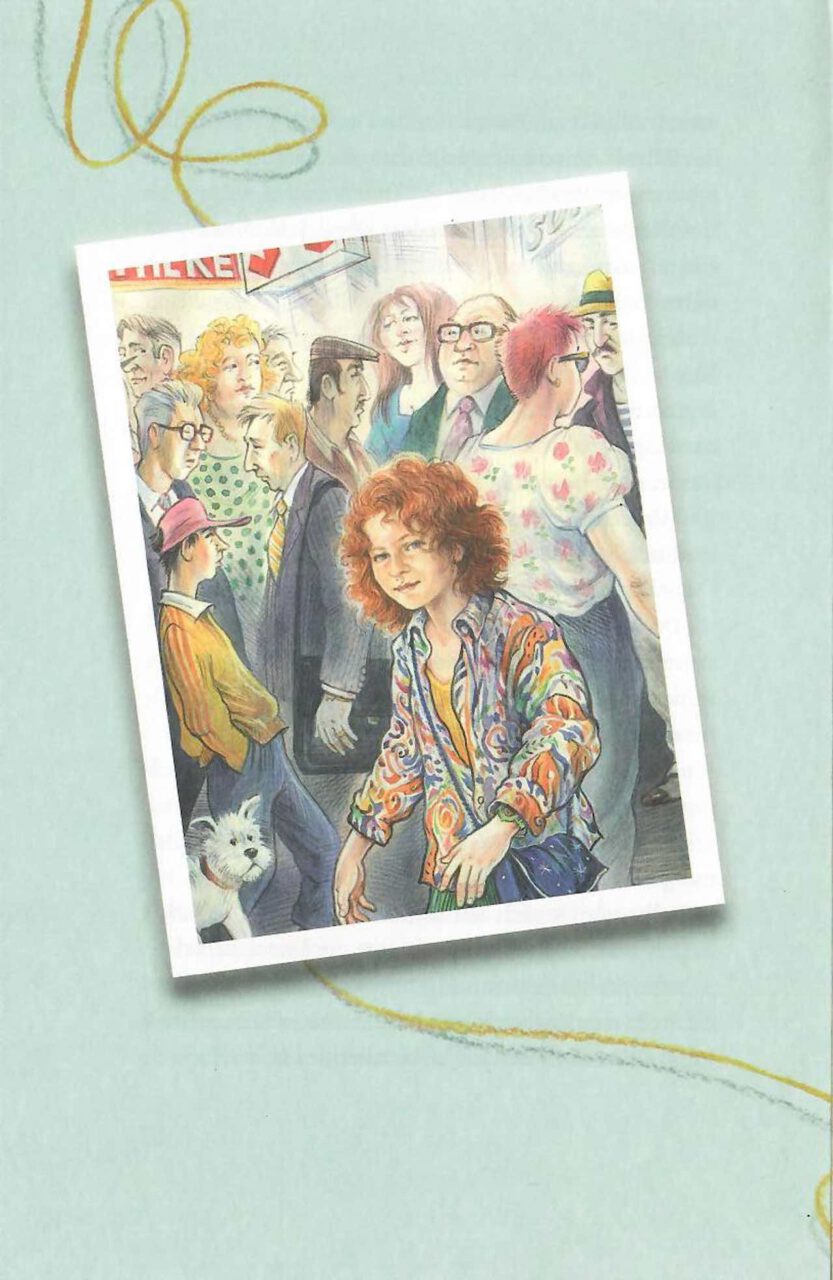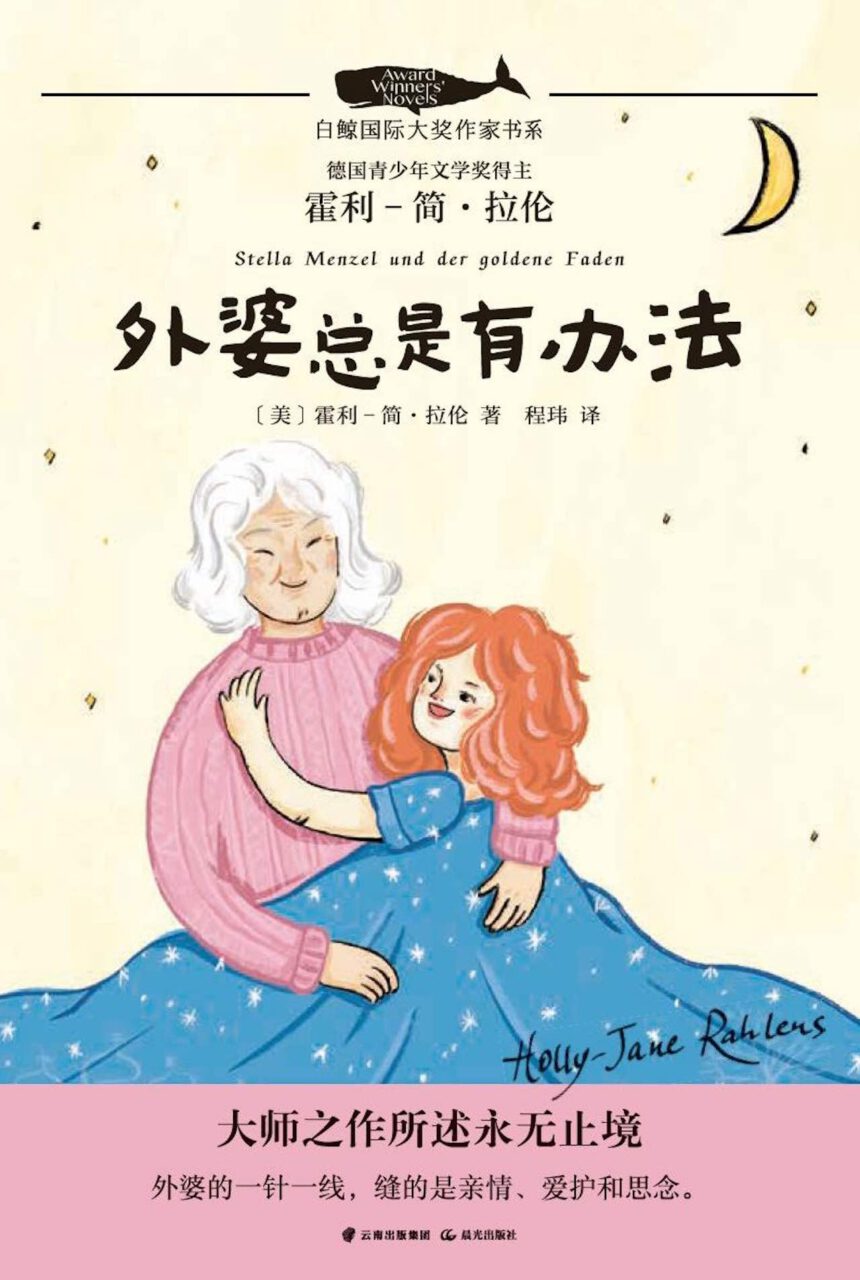Stella Menzel and the Golden Thread
(working title)
Stella loves the blue silk satin blanket she inherited from her great- great- grandmother – a blanket dotted with stars and snowflakes of silver brocade and hemmed with golden thread.



As the legend goes, the cloth is enchanted, for captured within its folds are the stories of those who once possessed it – stories of Old Russia, Berlin in the 1920s, the Jewish family’s escape to America in 1939, of their new lives in New York and then, lastly, their return to Berlin. Once a beautiful wall tapestry, the cloth becomes a curtain, then a tablecloth, a piano shawl and then Stella’s blanket. As she grows older – from the cradle to her first kiss – the blanket, too, is transformed, and with each transformation, Stella’s own story becomes a part of the heirloom’s history.
A novel about mothers and daughters, our roots – and the golden thread that connects it all.
Stella Menzel and the Golden Thread was adapted into a radio drama by the same name, winner of the German Youth Radio Drama Award, 2020.
The Story Behind the Story
Readers often ask me where the ideas for my books come from. It’s a hard question to answer, largely because I haven’t a clue. Ideas appear suddenly and seemingly out of nowhere and at the strangest of times, too, usually when I’m doing something mindless like wrapping a birthday gift or stirring the polenta. Ideas are like mini miracles. I’m happy they exist, but I don’t really need to know where they come from. But this much I do know: everything we experience, think, dream of, hope for, feel, learn and read, finds its way somehow to our hearts, minds, and marrow, and hollows a place out for itself there. Eventually, some of it crawls out of its hiding place and appears as an idea. The tricky part is recognizing it as such and then taking off with it.
That said, I can happily tell you that the original inspiration for “Stella Menzel and the Golden Thread” actually came from an old Yiddish folktale that has been told and retold over the years in many versions: as a fable, a song, and in children’s picture books, too. It goes like this:
A poor tailor in an Eastern European village — his name is usually Yusuf or Josef — owns a favorite overcoat that has become tattered and torn. His wife begs him to throw it out and sew a new one. But he won’t. He says he’ll make something else out of it. “You can’t make something from nothing,” she chides. But the determined tailor makes a jacket out of it and wears it for many years. … This goes on and on: the piece of clothing gets worn out, and the tailor, despite his wife’s nagging and begging, cuts it down and sews it and transforms it into something new. Each time it gets smaller and smaller, becoming a vest, then a tie, a handkerchief, a button, and then, when the button is lost, it can’t be made into anything any more because it’s gone. But even then, to his wife’s utter surprise, the tailor does turn it into something: into a song.
This wonderful little folktale about creativity, resourcefulness, and a hefty portion of stubbornness, appealed to me. But I wanted to tell more than just the story of an overcoat. What if the original article didn’t begin as a tattered old overcoat? What if it were a beautiful family heirloom that gets passed down from generation to generation, changing along with the times, becoming worn and torn, smaller and smaller, but richer in its power to convey all the memories of the women and families who owned it?
And so my own version of the folktale began to take shape, and soon I realized that my story might shed light on the importance of family stories, our roots, and our connectedness to the past and the generations before us.
When I started imagining what the fabric would look like (blue silk satin embroidered with silver brocade), I thought of using golden thread to hem the cloth. I suspect this idea came from the obvious connection of silver and gold being precious metals. But the moment I envisioned the golden thread, I knew intuitively that it was perfect for this story, for in a more figurative sense, in English at least, we speak of “a golden thread” as something that exhibits the quality of cohesiveness. The golden thread that holds the original tapestry in our story together, for instance, is not just literally golden thread from a wooden spool, but, symbolically it’s the family’s fierce spirit of continuity that seems to have been stitched into the very soul of the fabric.
But “golden thread” has another meaning too, dating all the way back to the origins of Greek mythology. Legend has it that a horrible creature, the Minotaur, was imprisoned on the island of Crete under the king’s palace in a labyrinth that no one was ever able to escape. Once a year, for many years, Greece’s finest young men and maidens were thrown into the labyrinth and offered up to the horrible creature to appease its appetite. But then one day, a young Athenian prince by the name of Theseus volunteered to sacrifice himself to the Minotaur. It was his hope that once he was down in the labyrinth, he would kill the Minotaur. The king’s daughter, Ariadne, who loved Theseus, gave him a ball of golden thread to help him find his way to the Minotaur and then back out of the labyrinth once he had killed the monster. And it worked.
Over the centuries, we have come to understand golden thread as a symbol for finding our way back after conquering our demons. It’s our guide through the puzzle of life, and when we follow it, it connects us to ourselves and those we love and it will bring us safely back home. I liked the idea that the grandmother gives her granddaughter golden thread (sewn in the fabric) to guide her through life. But I liked even more the idea that the adult mother needed to learn the meaning and importance of the golden thread too.
I could probably go on and on about inspiration and why I did this or that, or where this or that idea came from, but that might ruin the magic — for all of us. The nature of magic is that it amazes us. When we know too much, we cease to be amazed. What a sorry state that would be.
